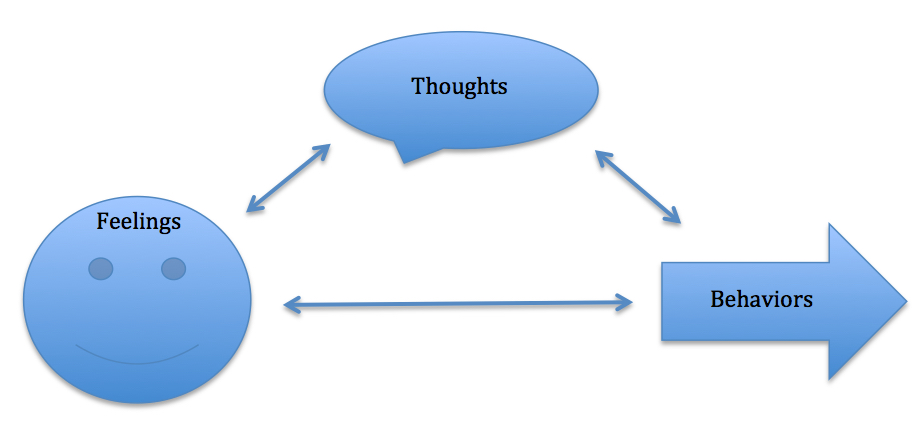Anxiety is natural, think about the fight or flight response. Our bodies go into this response to protect us when we sense fear. When this occurs, our bodies release chemicals to help us during these times.
However, what if this threat or dangerous situation is based off an inaccurate interpretation of a situation or when we are having unhelpful ‘what if’ thoughts? When this occurs, our body doesn’t know the difference between a real or perceived threat. In the end, we have worrisome and fearful thoughts that can be accompanied by physical symptoms such as sweating, shaking, racing heart, etc. These symptoms can be so strong that they interfere with one’s daily life.
Some common anxiety disorders include:
- Generalize Anxiety Disorder (GAD) which is characterized by persistent and excessive worry about a variety of different areas in our life.
- Social Anxiety is a chronic mental health condition in which social interactions cause the anxiety.
- Obsessive- Compulsive Disorder (OCD) is characterized by unreasonable thoughts and fears (obsessions) that lead to compulsive behaviors.
- Panic Disorder is the experiencing of recurrent panic attacks.
- Phobia is an intense and irrational fear of a specified object or situation.
We can learn coping skills to break the worrisome thought process and work towards healthier alternatives.


